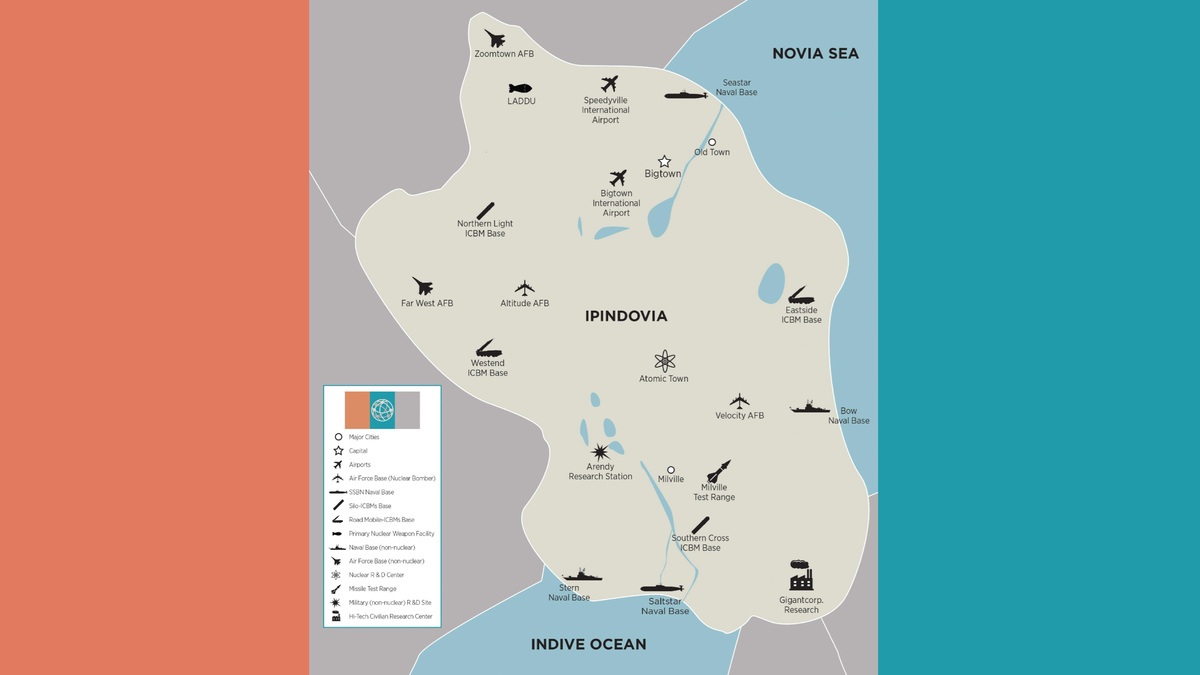 Opening Remarks by Ambassador
Opening Remarks by Ambassador
Robert A. Wood,
U.S. Permanent Representative to the Conference on Disarmament and U.S. Special Representative for Biological and Toxin Weapons Convention
Geneva,
June 28, 2017
Dear colleagues
I want to welcome all the partners in attendance here this morning to Geneva. I am thrilled to host another joint working group meeting here at the U.S. Mission. It is appropriate that the final joint working group meetings be held in the same location as the first. These two joint meetings serve as bookends on the hard work all of you have done over the past 18 months, and I am confident that the work you’ll accomplish this week will put the Partnership solidly on the path to completing its initial phase on time this November.
The key factor to enable the negotiation of further reductions in nuclear weapons is the global security situation. While the near-term security situation does not seem likely to enable such reductions, now is the time, without the pressure of a negotiation, to contemplate what verification objectives and measures will be necessary to have confidence in the further reduction of global nuclear stockpiles. Now is the time to bring together experts from both nuclear weapons possessor and non-possessor States to build capacity and identify the challenges associated with verifying compliance with future nuclear weapon reduction agreements. Now is the time to think through the complex solutions required to address those challenges, and begin the hard work of developing procedures and technologies that can implement those solutions.
Fortunately, the importance of verification in future nuclear disarmament efforts is largely unquestioned, and the collective capacity of nations to address verification issues is increasing and will continue to increase through cooperative efforts like the IPNDV. Over the past two years the Partnership has identified many complex technical challenges involved in the multilateral verification of nuclear disarmament, and you all have rolled up your sleeves and focused collaboratively on doing the hard work to overcome them.
In pursuing your work, you have developed a capacity map highlighting the significant scope and breadth of existing verification-related training courses and programs. You have identified key procedures and technologies that will allow future on-site inspections to remain an essential tool for States to have confidence that nuclear disarmament commitments are being carried out. Through the working groups, you have begun to unravel the complexities of nuclear disarmament verification and have identified the critical objectives and issues that States will need to address in order to credibly verify compliance with future disarmament commitments.
Equally important to completing the work of Phase I, this week you will begin to work out in what direction the Partnership will move during the next Phase. These discussions will be critical to maintaining the momentum that the Partnership has built over the last two years.
My staff and I stand ready to assist you throughout the week, and we look forward to hearing about your progress. I wish you all success in your efforts this week in Geneva, and into the future.





